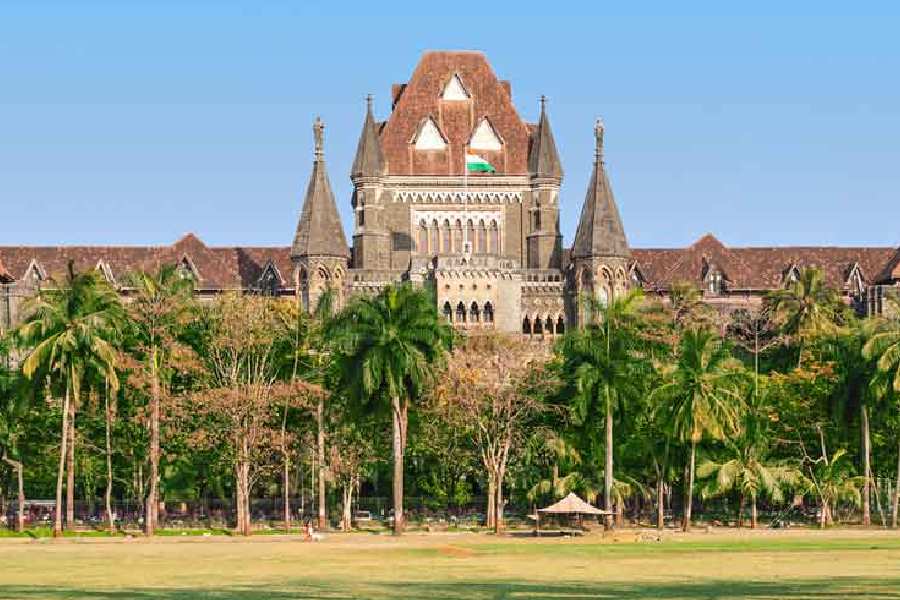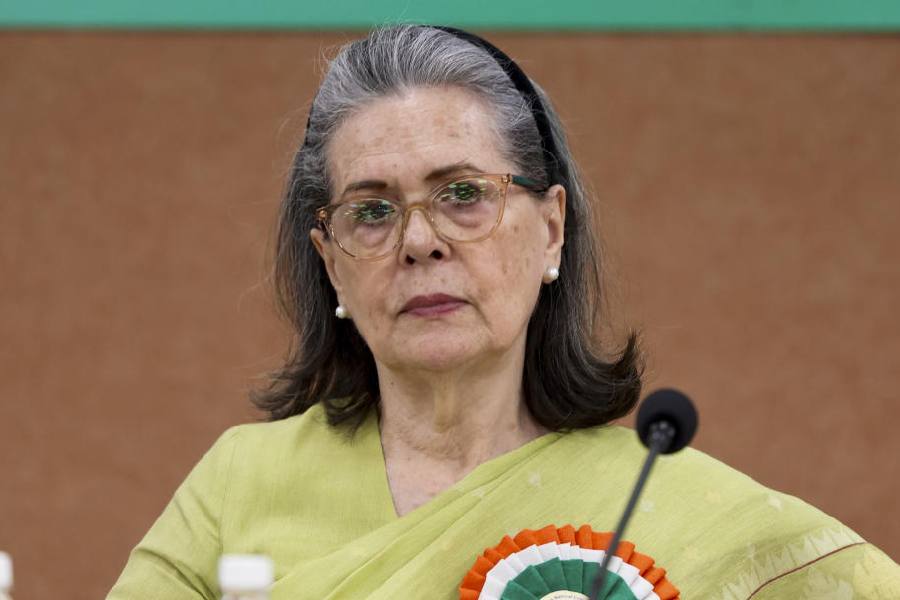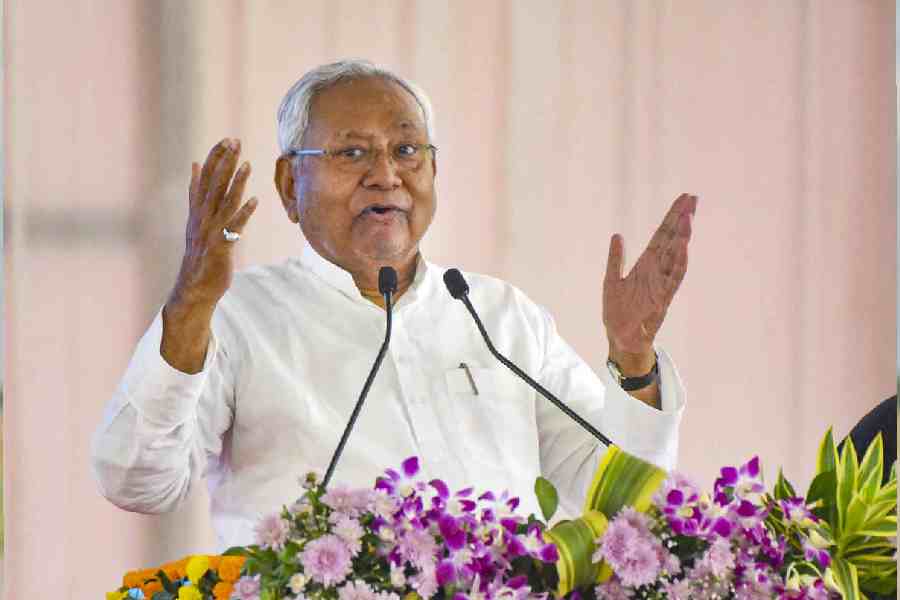 |
| Population count has risen sharply in state’s urban areas. Telegraph picture |
Bhubaneswar, Aug. 1: The provisional census report of 2011, which was released today, showed a trend of rapid growth in the urban areas of the state. While there has been a significant increase in the number of towns, the number of villages has come down, according to the report.
The report stated that the population in urban areas has increased by 26.80 per cent, but the growth rate, registered in the rural pockets, stood at 11.71 per cent. However, 83.32 per cent people still reside in rural areas of the state.
Over the last decade, the number of towns has increased from 138 to 223, and the number of villagers has come down from 51,349 to 51,313. The reasons attributed for the higher growth in urban areas are migration and inclusion of new areas under the urban territory.
At present, the total population of the state stands at 41,947,358 out of which, 83.32 per cent people live in rural areas and 16.68 per cent reside in urban areas. The growth in total population between 2001 and 2011 is 13.97 per cent.
The most populous district in Orissa is Ganjam with a population of 2,753,588. This district also recorded the highest number of people living in rural pockets, while the lowest was reported from Deogarh district.
On the other hand, the highest number of people residing in urban regions is in Khurda district and the lowest in Boudh district. According to the 2001 census, 3,12,87,422 people were living in 51,349 villages. Although the number of villages and total population in terms of growth ratio have gone down, the number of people living in rural areas has touched 3, 49,51,234.
The same year, 55,17,238 people were living in 138 urban areas. Now, it has gone up to 69,96,124.
The sex ratio, too, has seen a small rise from 972 to 978 despite the state government having taken a series of steps to enhance the gender equity. In the urban areas, the sex ratio has gone up from 895 to 934, but in the rural areas, it has increased only one point — from 987 to 988.
Moreover, the decline in sex ratio in the age group of 0 to six years is another area of concern. It has come down to 934 from 953 in 2001. Breaking up the figures, the sex ratio in rural areas for children aged between 0 and six years is 939 and in urban areas, it stands at 909.
Coming to the literacy levels, the state has witnessed a heartening growth — from 63.08 per cent 10 years ago to 73 per cent at present.
The literacy gap between the male and female has reduced considerably from 26.27 per cent in 2001 to 19.31 per cent in 2011.











![Rishabh Pant, Sachin Tendulkar [in set]](https://assets.telegraphindia.com/telegraph/2025/Jun/1750511937_new-project-33.jpg)